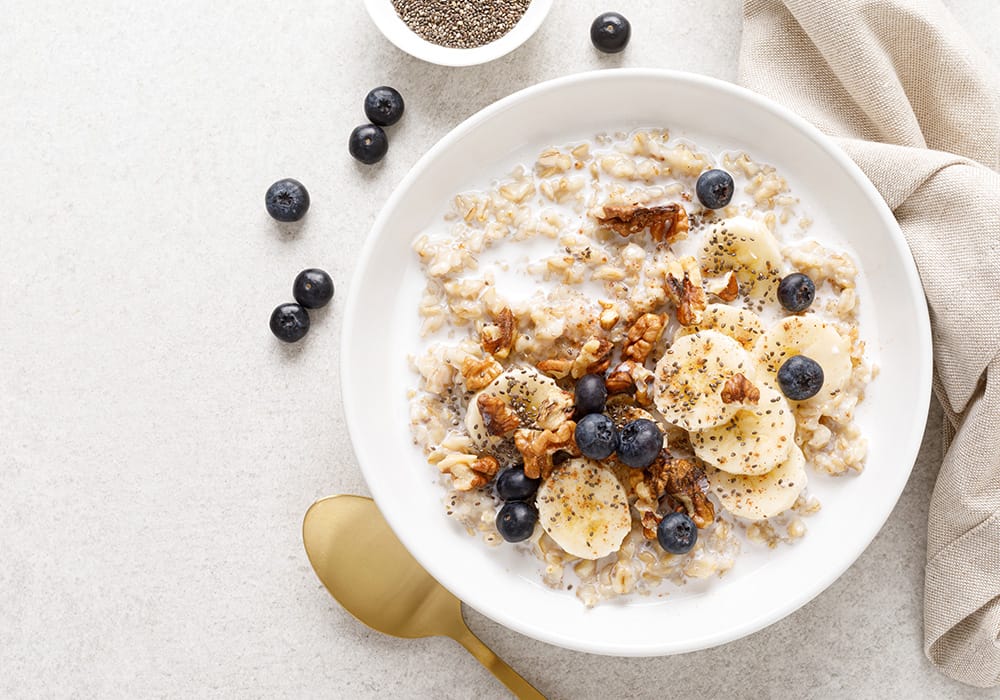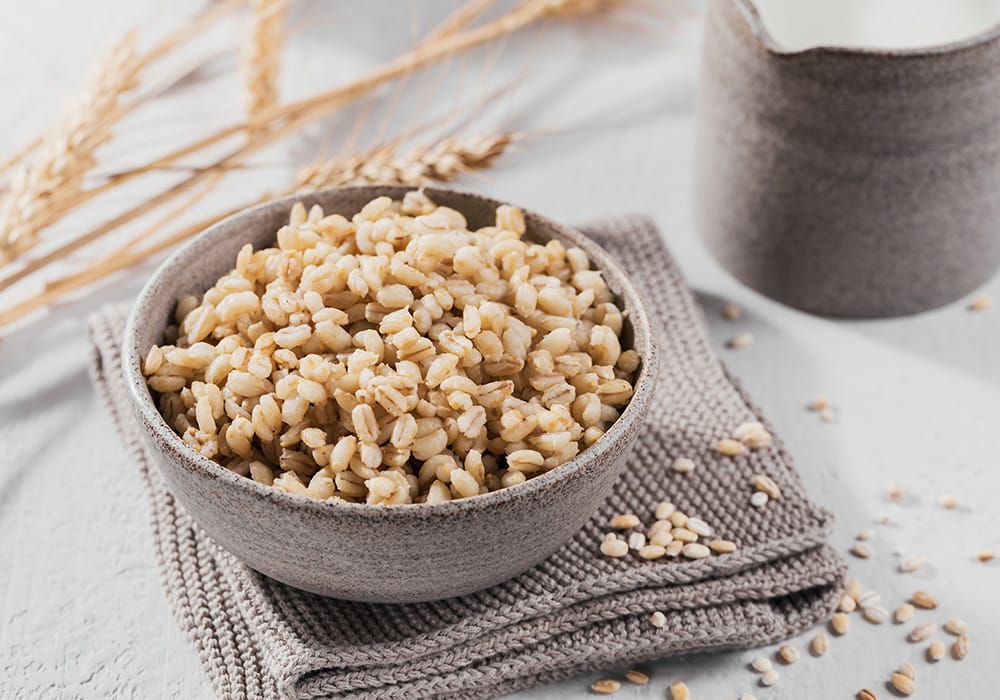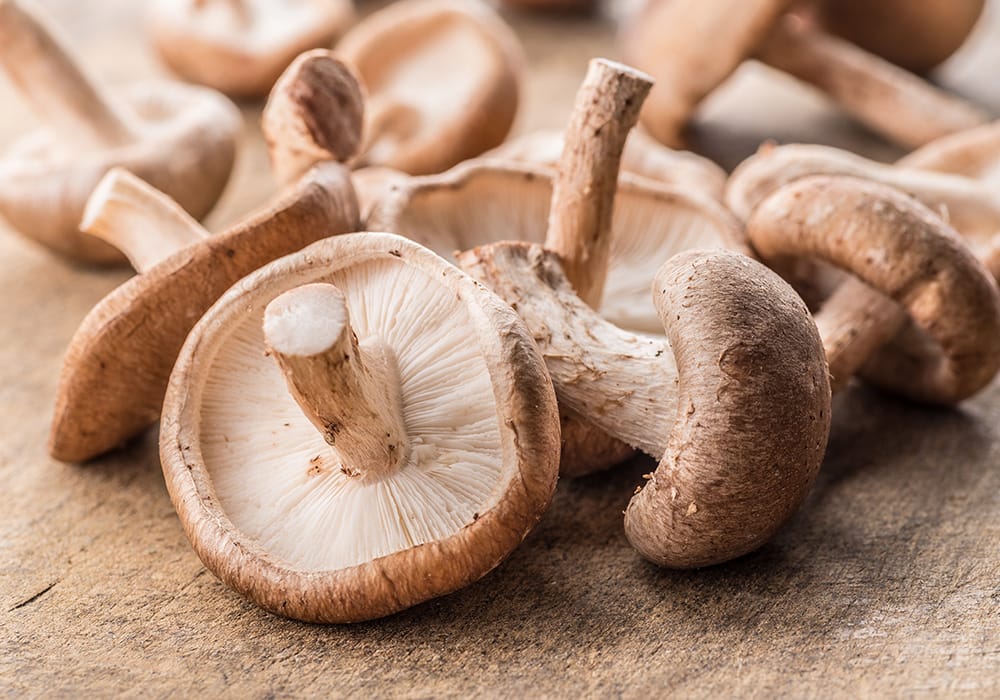Change Career | Improve Your Own Health | Help Others, Explore our CNM Diploma courses
One simple dietary change to protect you from harmful toxins
Did you know you could be carrying around a hidden chemical load that your body was never designed to handle?
We’re living in a world saturated with PFAS (per- and polyfluoroalkyl substances), which are synthetic compounds used in everything from non-stick cookware and waterproof clothing to takeaway containers and cosmetics.
These so-called ‘forever chemicals’ are designed to resist heat, water and oil. But once they enter your bloodstream, they’re incredibly hard to eliminate. For years, experts believed that detoxing from PFAS was nearly impossible; that once they were in, they were there for good. But recent research is starting to challenge that idea.
Find out how simple dietary changes with oats can help reduce your body’s hidden chemical load from stubborn PFAS and support natural detox. A simple fibre found in everyday foods could be your key to fighting these toxins.
Where are PFAS found?
PFAS are everywhere and often in places you’d never suspect. They are used to make products resistant to water, grease and heat. You’ll commonly find them in:
- Non-stick cookware (like Teflon-coated pans)
- Water-and stain-resistant fabrics (e.g. outdoor gear, sofas, carpets)
- Fast food packaging and microwave popcorn bags
- Takeaway containers and disposable plates
- Waterproof cosmetics (especially long-wear foundation, mascara, lipsticks)
- Dental floss and some feminine hygiene products
- Cleaning products and paints
- Firefighting foam (used in airports and military bases)
How can you tell if a product contains PFAS?
Unfortunately, PFAS aren’t always listed on ingredient labels, especially in cosmetics or packaging. But here are some red flags to look out for:
- Ingredients with “fluoro” or “perfluoro” in the name (e.g. perfluorooctanoic acid or PTFE).
- Terms like ‘waterproof’, ‘non-stick’, ‘grease-resistant’ or ‘stain-resistant’ often indicate the presence of PFAS.
- Products that boast Teflon™-coated or Scotchgard™ technology.
- Lack of transparency – if a company doesn’t disclose ingredients or materials, that’s a warning sign.
To reduce exposure, choose PFAS-free labelled products where possible, cook with stainless steel or cast iron, and opt for natural fibres and clean beauty brands that disclose full ingredient lists.


Got a health issue you want to resolve? Ready to take charge of your family’s health or explore a career change?
Beta-glucan: the miraculous fibre that clears PFAS
A specific type of soluble fibre called beta-glucan, found naturally in oats and barley, is a surprising ally in reducing PFAS levels in the body.
In a recent study, participants who consumed beta-glucan daily for just four weeks showed significant drops in legacy PFAS compounds like PFOA and PFOS – two of the most dangerous and well-studied forever chemicals linked to cancer, hormone disruption, thyroid disease and ulcerative colitis.[1]
Even more encouraging, the beta-glucan group was the only one to show a meaningful reduction in all seven of the most high-risk PFAS chemicals identified by the National Academies of Sciences.
Why fibre works
Unlike harsh detoxes or liver cleanses, the secret behind beta-glucan’s power is surprisingly gentle and gut-focused. Beta-glucan forms a gel-like substance in the digestive tract, which traps PFAS before they can be reabsorbed into the bloodstream; a process that typically keeps these chemicals circulating in your body for years. Once trapped, they’re eliminated through stool.
In a follow-up animal study, mice exposed to high levels of PFAS but fed beta-glucan had lower PFAS levels in their blood, better fat metabolism and less liver stress compared to control mice.[2] This highlights the importance of gut function when it comes to toxic burden. Your liver and kidneys play crucial roles, but your gut may be the missing link when it comes to getting rid of PFAS.
Could PFAS be behind your symptoms?
If you’re experiencing persistent fatigue, hormone issues, inflammation, skin flare-ups or digestive troubles that just don’t seem to shift, PFAS might be part of the problem. These compounds interfere with your body’s natural balance in subtle but serious ways. They’ve been found in breast milk, umbilical cord blood and even rainwater. Exposure is almost unavoidable. However, with the right support, your body can eliminate PFAS, without extreme diets or complicated protocols.


How to get more beta-glucan in your diet
Incorporating beta-glucan into your diet is simple and can offer powerful health benefits, especially when it comes to reducing PFAS levels, supporting your immune system and improving blood sugar control.
Aim for 3-5 grams of beta-glucan per day – this is the amount shown in studies to impact PFAS levels.
Here’s how to boost your intake:
- Oats: Choose steel-cut or rolled oats (not instant), and enjoy them as porridge, overnight oats or in homemade granola bars. To get 3-5 grams of beta-glucan, you’ll need around 1.5 to 2 cups of cooked oats (roughly 40-60g dry oats).
- Barley: Add hulled or pearl barley to soups, stews, casseroles or grain bowls. One cup of cooked barley provides about 2.5-3 grams of beta-glucan, so aim for 1 to 1.5 cups daily to contribute meaningfully to your total intake.
Other sources:
- Mushrooms, particularly shiitake, maitake and reishi, contain beta-glucans with strong immune-supportive properties, although the structure differs slightly from cereal beta-glucans.
- Seaweed and algae (like laminarin) are lesser-known sources with emerging research behind them.
Supplements:
Beta-glucan supplements are available, often derived from oats, barley, yeast or mushrooms. If opting for a supplement:
- Look for one that provides at least 3 grams per day if you’re targeting detoxification and cardiovascular support.
- For immune support (as with yeast or mushroom-derived beta-glucans), doses typically range from 250-500 mg/day, depending on the formulation and goal.
Supplements can be helpful if you struggle to meet your beta-glucan needs through diet alone, but food sources also deliver additional nutrients and fibres that work synergistically.


Simple swaps make a big difference
Forever chemicals may be everywhere, but you’re not powerless. With the right nutrients and gut support, your body knows how to protect and heal itself. Supporting your gut with targeted fibres like beta-glucan can make a real difference – not just in how you feel, but in how your body handles the chemical exposures you face every day. Start by choosing oats or barley for breakfast, swapping out refined grains, and adding more whole foods rich in fibre.
Want to learn more about nutrition and natural ways to improve health?
Explore these short, practical online courses:
Nutrition for Everyday Living – Learn the foundations of healthy eating, hydration and energy
Naturopathic Diet Mini Course – Understand how food can restore balance and resilience
Gut Health & Immune System – Learn how stress affects digestion and immunity, and how your gut microbiome supports mood and brain function.
Whether you’re new to natural health or looking to deepen your knowledge, these courses give you tools you can use right away to feel better and live well.




